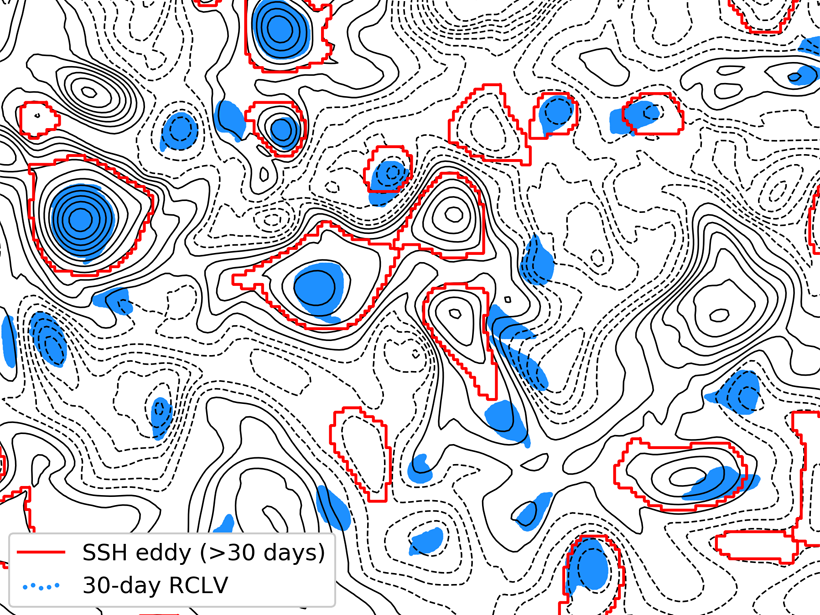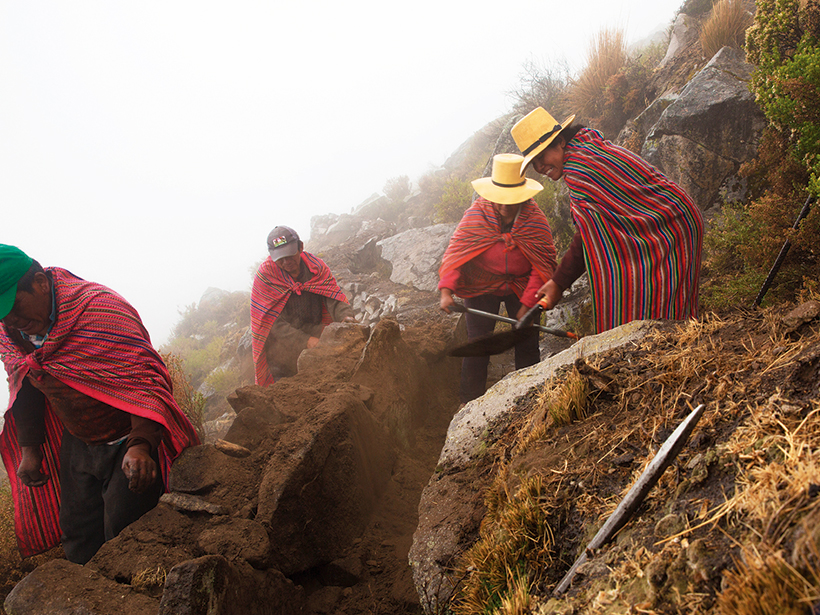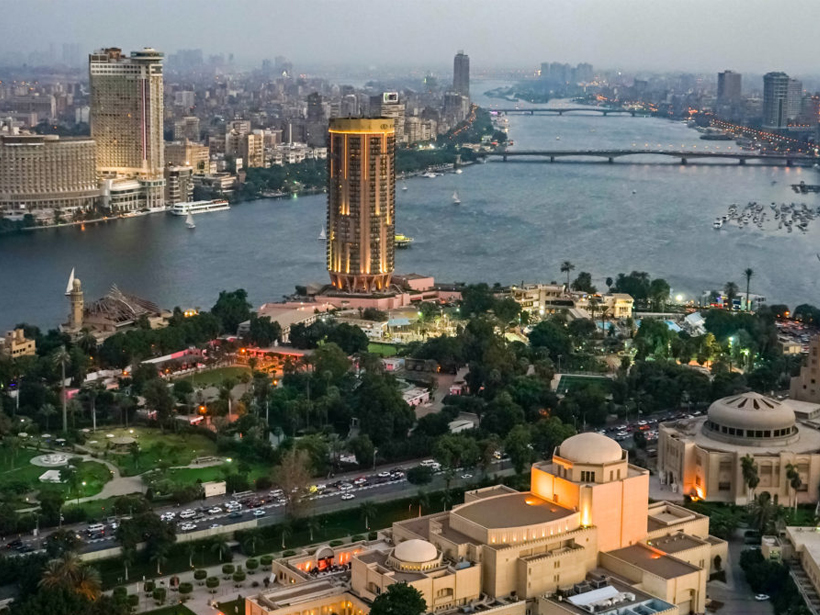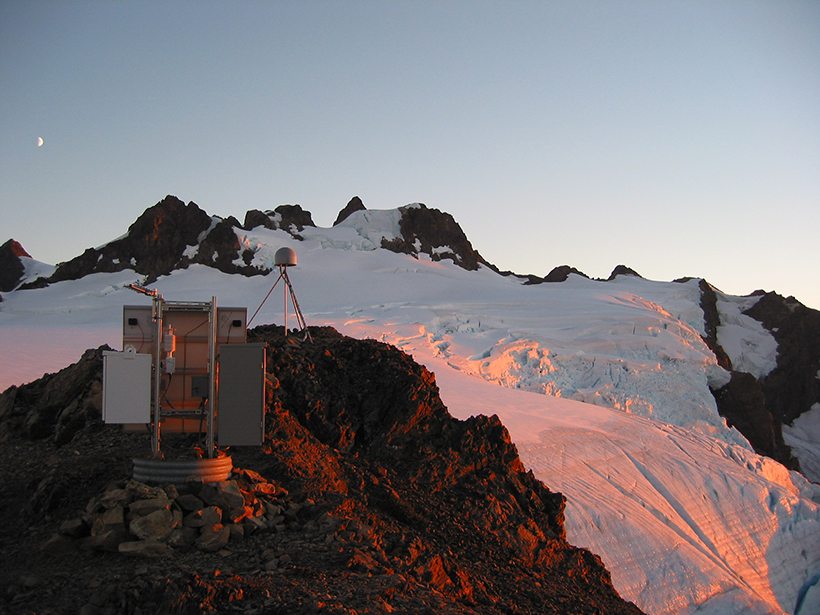Two specifications of fluid dynamics—taking measurements at a fixed point and following a fluid parcel—are compared for quantifying eddy transport in the ocean.
CC BY-NC-ND 2019
Ancient Assyrian Aurorae Help Astronomers Understand Solar Activity
Records of aurorae in Mesopotamia from 2,600 years ago are helping astronomers understand and predict solar activity today.
Pre-Inca Canal System Uses Hillsides as Sponges to Store Water
To prepare for a drier future on Peru’s western coast, researchers are turning to techniques of the past.
Microphysics and Positive Lightning in Hokuriku Winter Clouds
The microphysics of the frequent, and frequently positive, lightning of Hokuriku winter clouds was investigated by systematic, in situ observation of individual precipitation particle type and charge.
Bikini Seafloor Hides Evidence of Nuclear Explosions
Seafloor mapping has revealed a crater and several shipwrecks persisting 73 years after the world’s first underwater nuclear test.
The Eternal Nile Is Even More Ancient Than We Thought
Deep-mantle flow helps maintain the river’s steady course.
Seismic Sensors in Orbit
Navigation satellites are enabling high-precision, real-time tracking of ground displacements, supplementing traditional methods for monitoring and assessing earthquakes.
Atmospheric Rivers Have Different “Flavors”
New research is helping scientists understand why moisture-laden atmospheric rivers of similar intensities have different effects on land.
Dead Reefs Keep Calcifying but Only by Day
A new measurement technique has revealed that turf algae communities colonizing dead reefs have a dual role, adding new mineral material to the reefs during the day and taking it away at night.
Using Satellites and Supercomputers to Track Arctic Volcanoes
New data sets from the ArcticDEM project help scientists track elevation changes from natural hazards like volcanoes and landslides before, during, and long after the events.










